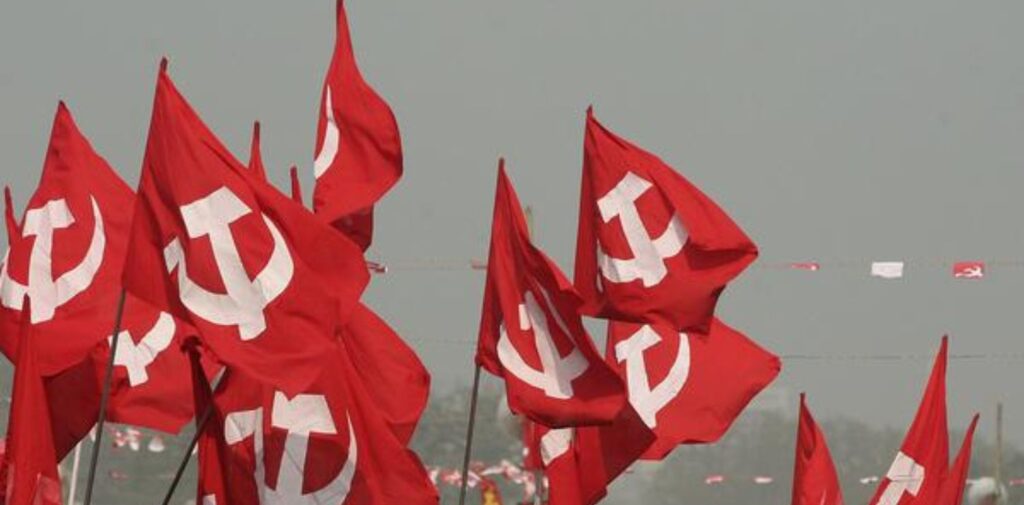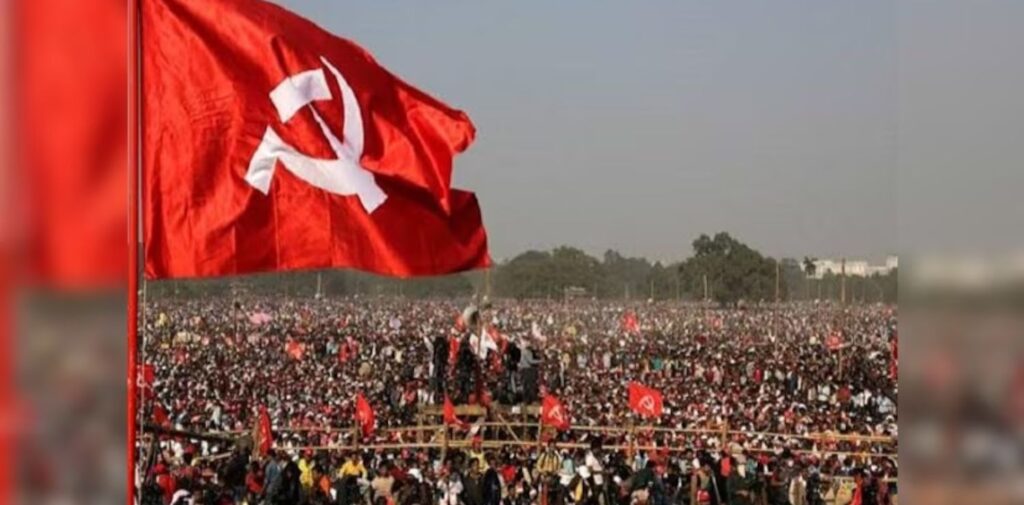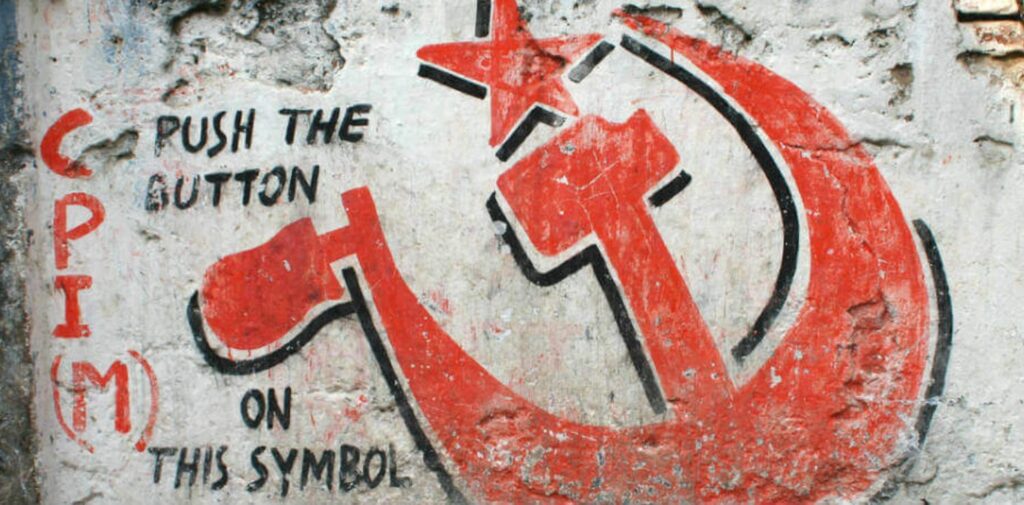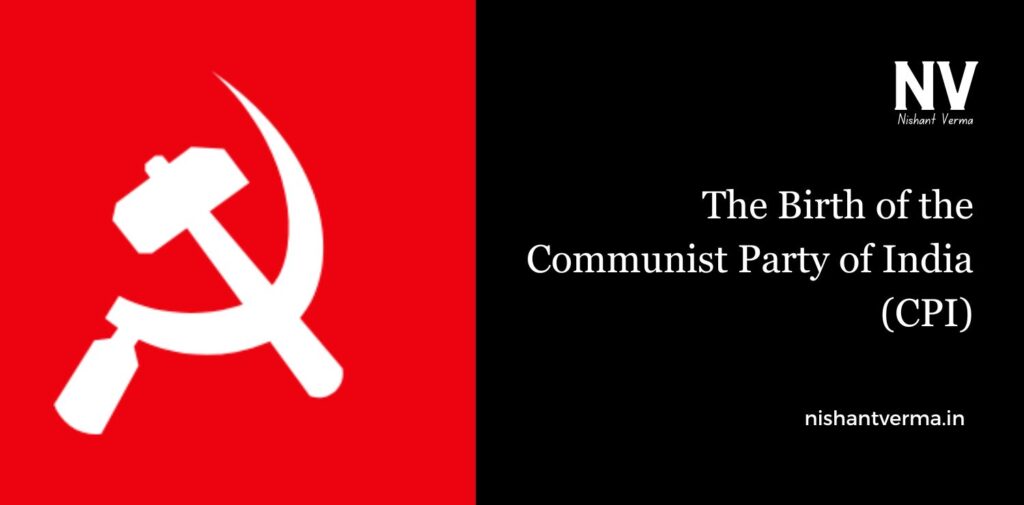The history of leftist politics in India can be traced back to the early 20th century. The first significant left-wing party in India was the Communist Party of India (CPI), which was formed in 1925. The CPI was inspired by the ideas of Karl Marx, who believed that workers should rise against their oppressors (the rich) and take control of the means of production (factories, farms, etc.).
The CPI was born during a time of great social and political change in India. The country was still under British rule, and many people were struggling due to poverty and exploitation. The party aimed to address these issues by advocating for the rights of workers and farmers. It also supported the idea of independence from British rule, aligning itself with other Indian nationalists who were fighting for freedom.
During the Indian independence movement, the CPI played a crucial role in organizing workers and farmers to fight for their rights. The party’s leaders, like S.A. Dange and P. C. Joshi, worked hard to build support for the party among the poor and working-class people. They believed that an independent India should not just be free from British rule but should also be a land where equality and justice could thrive.
However, the CPI faced many challenges in its early years. The party’s focus on the working class and its Marxist ideas did not always sit well with the mainstream political leaders of India, such as Jawaharlal Nehru and Mahatma Gandhi, who had different ideas about how to achieve social change.

The Split: Formation of CPI(M)
Although the CPI gained some support in India, internal disagreements began to surface within the party. One of the major disagreements was about how the party should work with other political groups and how it should approach the issue of land reforms.
In the 1960s, the CPI split into two factions. One group wanted to work more closely with the government and other mainstream parties, while the other group, led by Sitaram Yechury, Harkishan Singh Surjeet, and E.M.S. Namboodiripad, believed that the CPI should remain independent and focus on revolutionary change. The more radical group, which was opposed to working closely with the government, formed a new party called the Communist Party of India (Marxist), or CPI(M), in 1964.
The formation of CPI(M) was a turning point in the history of leftist politics in India. This new party continued to follow Marxist ideology, which called for the abolition of capitalism and the establishment of a socialist state. CPI(M) believed that India needed a revolution to overthrow the capitalist system and replace it with a system that would benefit the workers and peasants.
The Rise of CPI(M) in State Politics
After its formation, CPI(M) began to focus on organizing workers, peasants, and the lower classes. The party found strong support in rural areas, where farmers were often struggling with poverty and exploitation. CPI(M) advocated for land reforms, which meant redistributing land to the poor and giving them the power to control their resources.
One of the most significant successes of CPI(M) was in West Bengal, where it became the dominant political force. In 1977, CPI(M) came to power in West Bengal and remained in power for over three decades. During this time, West Bengal saw several key changes, including land reforms and improvements in education and health services for the poor.
CPI(M) also found support in other states, especially in the Kerala and Tripura regions, where the party became a major political force. The leftist policies of CPI(M) helped improve the living standards of many poor people in these states, and the party became an important player in national politics as well.

CPI(M) and National Politics
While CPI(M) was successful in state politics, it also had an influence on national politics. The party’s leaders were important in forming coalitions with other left-wing parties to challenge the dominance of larger parties like the Indian National Congress (INC) and the Bharatiya Janata Party (BJP).
For example, in 1996, CPI(M) became a part of the United Front, a coalition of leftist and regional parties that worked together to form a government at the national level. This coalition marked the first time that a non-Congress government held power in India. Though the government was short-lived, it showed the growing importance of leftist politics in the country.
In the 2000s, CPI(M) played a crucial role in supporting the United Progressive Alliance (UPA), a coalition led by the Congress Party. The support of CPI(M) helped the UPA government stay in power, and in return, the UPA implemented several leftist-friendly policies, such as the National Rural Employment Guarantee Act (NREGA), which aimed to provide jobs for poor people in rural areas.

The Decline of Leftist Politics
Despite its earlier successes, the influence of leftist politics in India began to decline in the 21st century. This decline can be attributed to several factors, including the rise of new political parties and the globalization of India’s economy. As India became more connected with the world, many people began to move away from leftist ideas and embrace capitalism and free-market policies.
CPI(M), while still an important party in certain states, found it more difficult to maintain its national influence. In recent elections, the party has lost seats in the national parliament and has been overtaken by other political parties, such as the BJP.
Conclusion: Birth of the Communist Party of India
The rise of leftist politics in India, from the CPI to the CPI(M), has been a significant part of the country’s political history. These parties played an important role in advocating for the rights of workers, farmers, and the poor. They worked to create a more equal society and have left a lasting impact on the politics of states like West Bengal, Kerala, and Tripura.
Although leftist politics is not as influential today as it once was, the legacy of CPI and CPI(M) continues to shape discussions about social justice, inequality, and the role of the government in improving the lives of the poor. Leftist politics in India may have declined, but its ideals of equality and fairness remain an important part of the country’s political discourse.




